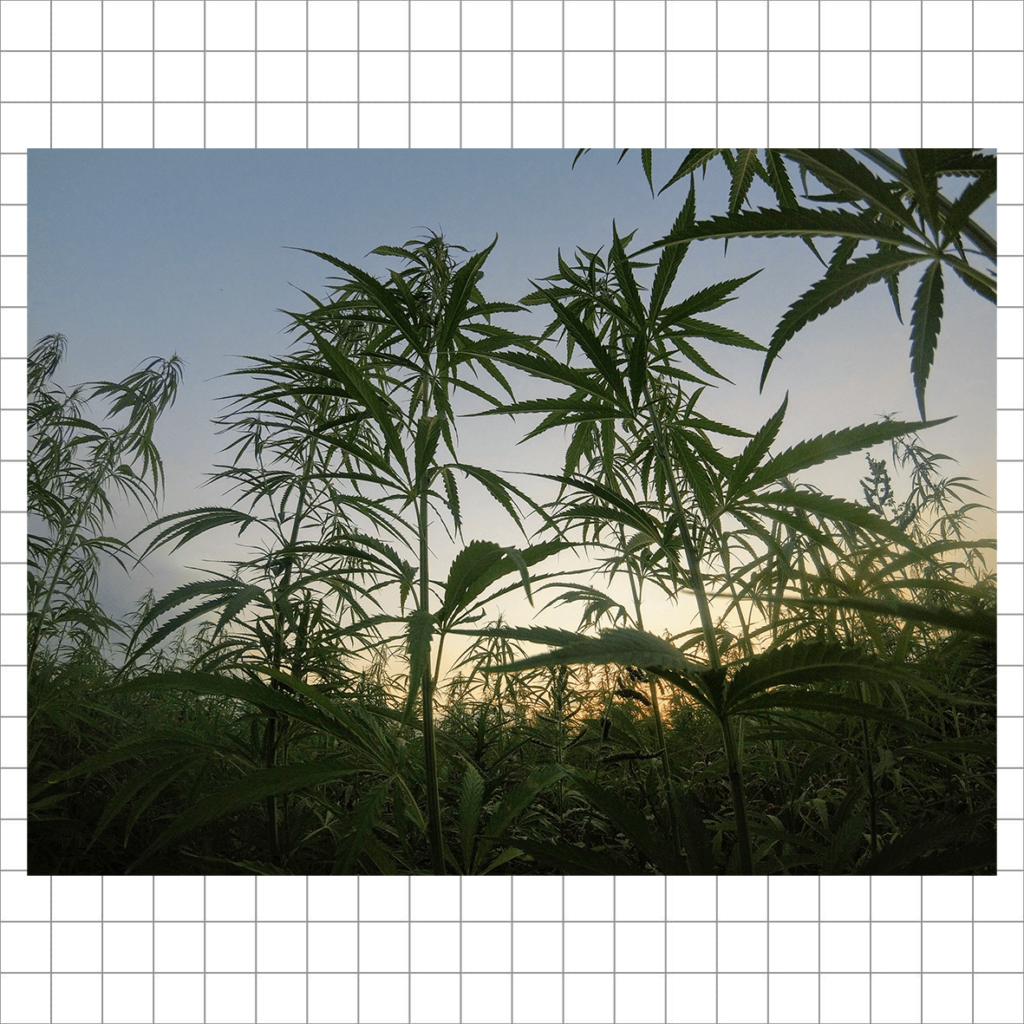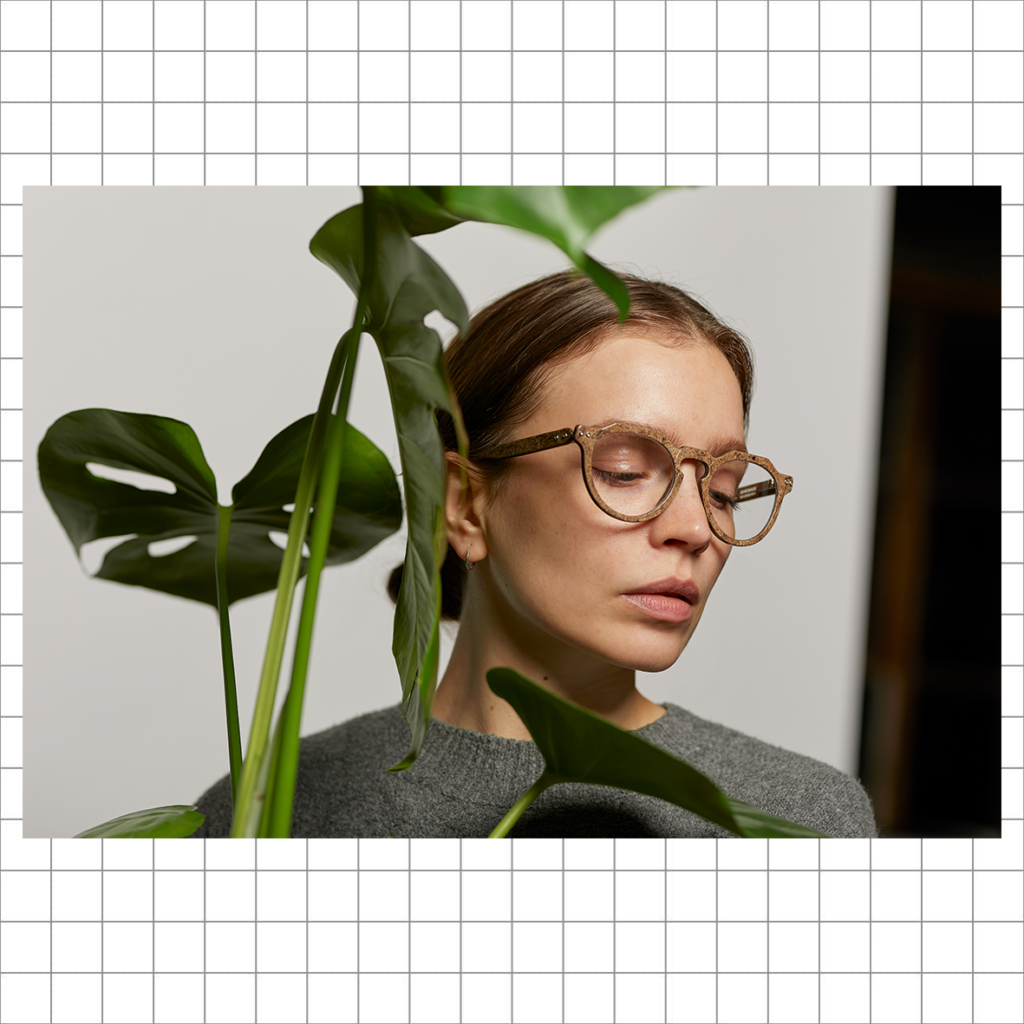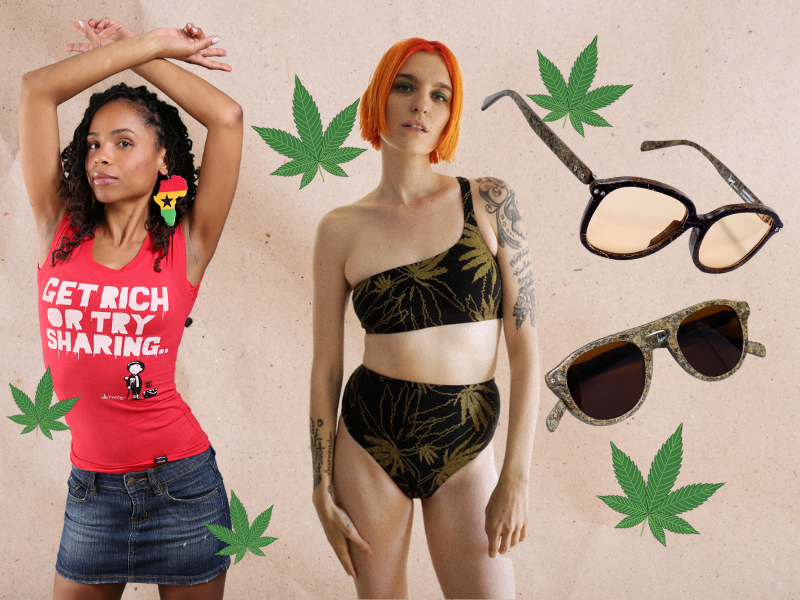Pics: Radski Photography for THTC / Natasha Tonic / Hemp Eyewear
When Gav Lawson and his brother first found out about hemp at university, they knew they were on to something big. “We figured pretty soon the secret will get out – because the internet is just here, people are going to find out about it and it’s going to be a gamechanger. Which, you know, 20 years on, people are still like, ‘Is that weed? Is that okay?’
“So it’s been a gradual process,” he laughed.
Lawson could talk your ear off about hemp and its environmental benefits. Since 1999, he’s run the UK’s leading hemp wear brand, THTC (it stands for The Hemp Trading Company), selling hip-hop-inspired clothing made from the fabric. “There are so many positives,” he told me. “I believe it’s the third fastest growing crop in the world. You don’t need a lot of water – you can grow hemp with around 10-20% of the water that you’d need to grow conventional cotton… It’s also easily grown organically.”
The advantages don’t stop there. Hemp plants soak up carbon dioxide from the air four times better than forests, have been used to clean polluted soils and grow in virtually any climate or setting. When processed into fabric, it’s hard-wearing, antimicrobial, breathable and somewhere between cotton and linen in texture. Hemp fibres can also be used to make paper, biofuel, concrete, soap and many more goods (by some estimates, it has over 25,000 uses).
It’s almost too good to be true, so why aren’t we all wearing it? Partly, it’s because lower production volumes, specialised equipment and a lack of demand inflate the fabric’s price far higher than cotton or synthetics. But it’s also thanks to the war on drugs – because yes, hemp is made from the fibres of the Cannabis sativa plant, otherwise known as weed.

Lawson explained the five thousand-year-old hemp industry was the victim of a 20th-century campaign against cannabis, when businessmen afraid of its versatility “made up the word marijuana… put out a film called Reefer Madness and basically scared the hell out of everybody.”
The propaganda push put a halt to hemp cultivation in many countries, including the UK, where it was outlawed until 1993 and still requires a license to grow. The variety of the plant grown for textiles has very low quantities of the psychoactive ingredient, THC (which is still banned). The same strain is also used to produce CBD oil, famed for its calming effect.
The popularity of CBD is one reason hemp fashion is seeing something of a renaissance in recent years. In China, where 50% of the world’s supply is grown, industry revenues have doubled since 2008 to $4.45bn (£3.16bn). EU production of hemp has increased 500% since the 90s, when many countries lifted their bans. Even mainstream brands like Patagonia, Quiksilver and Adidas have released hemp items over the past few years.
There is also a growing number of smaller brands and designers who specialise in working with the versatile material, overcoming its long-held “hippie” associations. Among them are hip Australian streetwear label Afends, hemp underwear brand WAMA, and a Ukrainian company called DevoHome, which fashions it into everything from faux fur to bed linen.
One of the most exciting is Natasha Tonić, a fashion designer who founded what might be the world’s first hemp swimwear brand. Surrounded by enormous rolls of fabric in her Los Angeles home workshop, she is effusive about the benefits of the textile. “I personally wanted something that’s not polyester for my swimwear,” she said. “It’s actually plastic, and I was in shock why people don’t see that it’s the same thing [used] in plastic bags.
When you swim with hemp swimwear, it feels almost like you’re naked
“[Hemp] does really feel like it has a soul because it’s a natural fibre mix with low impact dyes… When you swim with hemp swimwear, it feels almost like you’re naked.”

The environmental benefits are a huge reason Tonić started working with the fabric, but she also enjoyed its unique challenges. Printing on hemp is more difficult than polyester, and because of how the fabric is made each batch can differ in thickness and colour, making small production runs necessary. To keep the skin-tightness needed for swimsuits, her Chinese-sourced hemp is blended with organic cotton and 4% Lycra (not ideal, she notes, but a vast improvement on entirely plastic garments).
With trendy, bright designs, it’s no surprise that Tonić’s typical customer is young and fun-loving. “I [wanted to] make something interesting with it that doesn’t look like your typical boring, outdated look from hemp,” she explained. “It is actually a very expensive fabric, two or three times more expensive than recycled polyester, so it has to show the high-end look to justify the price.”
That includes playfully using cannabis leaves as a print: “I think hemp leaves are so beautiful and gracious… I wanted to make it look like high fashion, more glamorous and golden like palm tree leaves. Turning something that supposedly could be tacky into something sophisticated and cool.”
One of the more surprising uses of hemp is as a bioplastic. The strong fibres in the plant stems can be formed into biodegradable and renewable plastic materials that can replace fossil fuel-based synthetics. This opens up a wide range of fashion applications – as Edinburgh glasses company, Hemp Eyewear, has been exploring.
Fiona Williams, marketing and PR assistant at the brand, described their process, which was developed in-house by the founder: “It’s all made of hemp composite, which is just hemp so densely packed it becomes a sheet, which we cut and then shape into frames… It can be moulded and used in the same way as plastic.”
They apply only a thin layer of eco-friendly resin on top, leaving the hemp fibres visible in the stylish frames – something their nature-loving “young professional” customer base love. In the future, the team plans to branch out from specs into watches, furniture and even a hemp robot.

Williams, who joined the brand straight out of university due to a fascination with hemp, feels positive about where the industry is going: “In the last few years, with the boom in the health industry, CBD oils, and the growing awareness and acknowledgement of the fact that hemp and CBD [are different to] recreational marijuana, that’s a huge advantage. As well as the movement in general towards sustainability and people being a lot more environmentally aware… I can only imagine a growing demand. And with an increasing demand, hopefully that means cheaper materials.”
Lawson is also hopeful. Despite a hiatus during the pandemic, when the brand focused on organic cotton, he is exploring new avenues for THTC, like making sustainable merch for charities and events. “I’m getting two or three requests a week for people wanting to start hemp ranges,” he said.
But even if it doesn’t take off in the mainstream, he won’t be deterred: “I’ve been keeping this company going because I so believe in it… People come up to us at festivals wearing t-shirts they bought 15, 20 years ago.”

